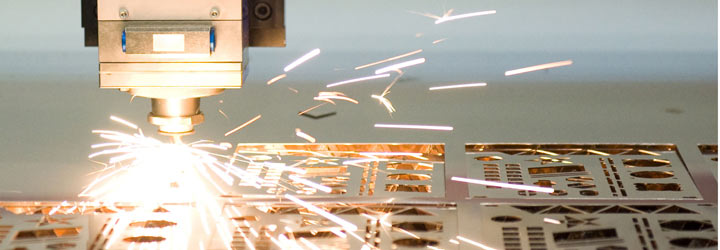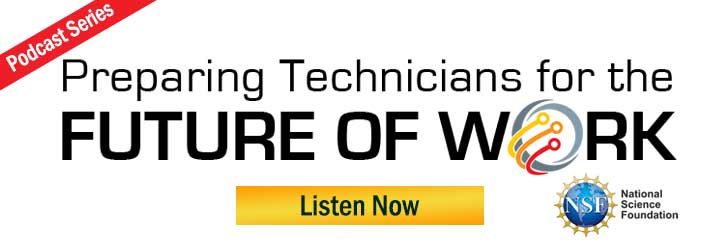STEM challenges are Best Addressed by STEM Professionals
 On May 25, 1961, President John F. Kennedy proposed what might have seemed like an amazing challenge. The United States would put a man on the moon before the end of the decade. This was not an engineering, nor technology, nor science, nor mathematics challenge; it was a STEM challenge that required STEM professionals to meet its rigors. At that time there were very few, if any, STEM professionals and it took the entire decade to really start to produce them. Of course, we made it to the moon and it was teams of science, technology, engineering and mathematics professionals that collectively produced the STEM expertise required.
On May 25, 1961, President John F. Kennedy proposed what might have seemed like an amazing challenge. The United States would put a man on the moon before the end of the decade. This was not an engineering, nor technology, nor science, nor mathematics challenge; it was a STEM challenge that required STEM professionals to meet its rigors. At that time there were very few, if any, STEM professionals and it took the entire decade to really start to produce them. Of course, we made it to the moon and it was teams of science, technology, engineering and mathematics professionals that collectively produced the STEM expertise required. The Manhattan project demonstrated the effectiveness of a team approach to solving a STEM problem. The launch of Sputnik awakened our attention if not shocked us into altering the way science and engineering is taught. However, one of the many giant leaps from the space program was the identification of the need for the STEM professional. Granted, the term STEM was still in the future but by 1970, the fact that we need people that can use the tools of science and mathematics to engineer a new technology was evident and the impact of such people on medical science and technology is now very clear. So, what’s the problem?
Well, it’s not so much a problem as it is a bit of lost vision. In today’s press and public arena, if STEM is the topic, then student science, math and to some extent graduation performance quickly becomes the target of that discussion and the poor scores in various standardized math and science test the focus of concern. Thus, STEM education initiatives quickly boil down to improved test performance, some increase in the K-12 teacher science and mathematics knowledge and increased pressure on schools to perform. These objectives are valid and improvements in each is important but equally important is to keep the distinction between producing people that are skilled in science, technology, engineering or math and a person that has skills requiring integration of all four.
If you wish to make an argument that we need more professionals such as biochemists for cancer drug development or engineers to rebuild the nation’s infrastructure or, for that matter, any professional in a STEM subject area, it is also important make sure that the country understands the need for more professionals to create the new technologies that will, as all new technology does, drive tomorrow’s economy. In the 21st century these new technologies will certainly need people with an inventive spirit as well as professionals with the individual STEM subject expertise but the focusing factor will be provided by people that are proficient in all four of the STEM areas who blur and blend these separate knowledge areas into a unified effort addressing the STEM challenge at hand. Thus, the current wave of educational funding should be primarily directed to the integrated STEM objective. If we do this, objectives such as better tests scores, more knowledgeable teachers, etc. will also be satisfied.
One career path that is and will continue to need STEM professionals as distinguished from a professional in a STEM subject area, is the technician working within an advanced manufacturing environment. Directing STEM resources into the A.S. programs responsible for this technician workforce is essential. In today’s manufacturing facilities, there remains a need for traditional factory skills but there is a growing demand for workers that merge those traditional trades with science, math and engineering skills that support the complicated technologies that can, for example, fill soft drink bottles faster than the eye can see. So, as we push on with strengthening the science and math curricula at various educational levels, it is important that we include the integrating component that will produce students that can work as STEM professionals and insert this component in career pathways that produce tomorrow’s scientific and technical workforce.























